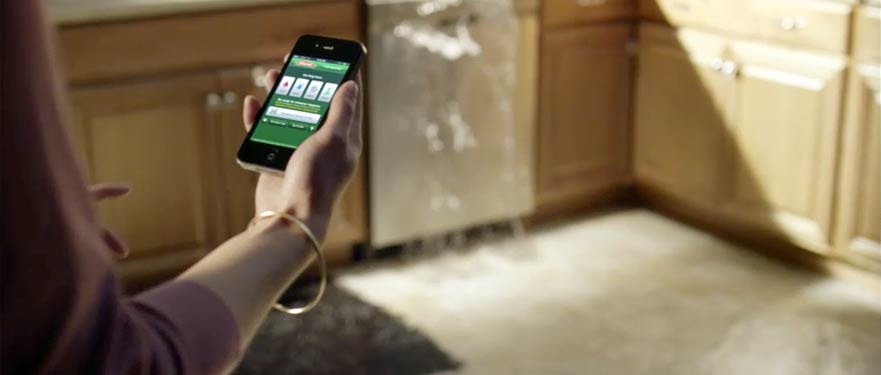
Water Damage Emergency Tips
What you can do until help arrives
Water Tips | Fire Tips | Biohazard Tips | Mold Tips
Water damage is some of the trickiest stuff to deal with, especially when the source of the water is small but continuous. This continuous stream of water can cause severe yet undetectable damage to the inside of walls, floors and under carpets. It's only undetectable until the problem is large enough to be discovered but by then, thousands of dollars worth of damage is already done. By allowing the problem to go unnoticed and if it's not treated properly in a timely manner, mold can start to pop up, making the project even more costly then it initially started out as. This is why it is important to always check you water heater tank, keep your heat regulated in the winter so your pipes don't freeze, and to always be alert and aware of your home so that things don't catch you off guard and get worse.
Have A Water Damage Emergency? Call (304) 291-3434
What To Do After Flooding
- Remove excess water by mopping and blotting.
- Wipe excess water from wood furniture after removal of lamps and tabletop items.
- Remove and prop wet upholstery and cushions.
- Place aluminum foil or wood blocks between furniture legs and wet carpeting.
- Turn air conditioning on for maximum drying in summer.
- Remove colored rugs from wet carpeting.
- Remove art objects to a safe, dry place.
- Gather loose items from floors.
What NOT To Do After Flooding
- Don't leave wet fabrics in place. Hang furs and leather goods.
- Don't leave books, magazines or other colored items on wet carpet or floors.
- Don't use your household vacuum to remove water.
- Don't use television or other household appliances.
- Don't turn on ceiling fixtures if ceiling is wet, and keep out of rooms where ceilings are sagging.





 24/7 Emergency Service
24/7 Emergency Service


